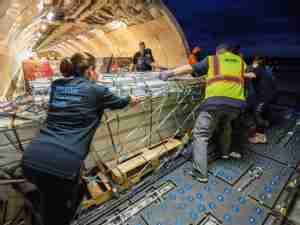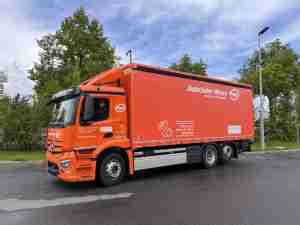Guidance for carrying cargo in non-operating refrigerated containers issued
posted by AJOT | Sep 12 2017 at 09:48 AM | Logistics
Two leading container industry bodies, the Container Owners Association (COA) and the Cargo Incident Notification System (CINS), supported by the leading freight transport insurer, TT Club have published an in-depth guide for those seeking to use refrigerated containers in non-operating mode to carry commodities not requiring temperature control. The Guidelines give extensive advice on the risks involved and correct packing to protect both container and cargo.
London - The use of ‘non-operating reefers’ (NOR) is common practice in the industry and has significant impact in reducing empty re-positioning costs for container operators. However both COA and CINS are keen that all involved, including shippers, forwarders, packers and terminals are fully appraised of best practices in the use of such containers. TT Club, in maintaining its commitment to minimizing damage and loss in freight transport, is pleased to have contributed to this valuable guidance.
This new document entitled “Guidelines for the Carriage of Cargoes in Non-Operating Reefer Containers” outlines in detail the caution that must be employed in using NORs considering the difference in design between a reefer container and a regular General Purpose (GP) unit, noting specifically the internal dimensions, vulnerable insulation, weight distribution and expensive refrigeration machinery. Types of NOR cargo need to be approved and recommendations are given as to which should not be carried either because of risk of contamination or the inability to secure them sufficiently.
“Repositioning expensive reefer units after they have been emptied at destination is a constant challenge for container operators”, explains Uffe Ernst-Frederiksen - Maersk Line’s Head of Cargo Management, as well as Chairman of CINS and Deputy Chairman of the COA. “There is often insufficient temperature controlled cargo for the return leg of a reefer’s journey and therefore the unit has to be repositioned empty. On busy trade lanes, empty reefers are competing for slot space with revenue earning dry cargo, so the NOR solution is attractive. However, care must be taken when loading NOR cargo, to avoid disproportionate costs being incurred in cargo loss and container damage.”
“These guidelines will be extremely useful in helping operators, shippers and those responsible for packing NORs make decisions that will project both cargo and reefer unit from such loss and damage,” comments TT Club’s Risk Management Director, Peregrine Storrs-Fox. “TT Club is therefore very pleased to have worked with COA and CINS in producing this valuable document.”









